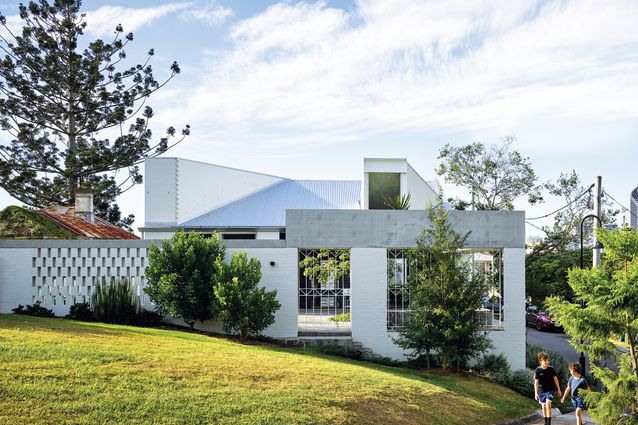[ad_1]
The Getty Research Institute is reissuing and updating its first online exhibition, The Legacy of Ancient Palmyra, with new etchings and photos of the ruined Syrian city, and a new interview with Waleed Khaled al-As’ad, former director emeritus of antiquities and museums at Palmyra. Al-As’ad was also a lifelong resident of the UNESCO World Heritage Site until the city of Tadmor and the remnants of Palmyra were destroyed by ISIS.
In Return to Palmyra, fully available on the Getty’s website starting yesterday, February 3, the Getty has updated its 2017 exhibition with the aforementioned new materials but also a full Arabic translation of the show, to help expand its outreach to the actual area the ruins were located in.
“European and American artists and scholars have often approached Palmyra’s compelling, unique history from a western perspective,” said Mary Miller, director of the Getty Research Institute, in a press release. “Return to Palmyra aims to be completely new and different, and equally compelling in both Arabic and English.”
Aside from al-As’ad’s interview (he now resides Lyon, France), Joan Aruz, curator emerita of ancient Near Eastern art at the Metropolitan Museum of Art, has contributed Caravan City and Cultural Crossroads, a new essay documenting the city’s history as a crossroads of multiculturalism—both over 2,000 years ago as a hub of trading for the Roman and Parthian Empire, and again in more modern times as French travelers worked to catalog the ruins and share their findings with the Western world.
The etchings of architect and artist Louis-François Cassas, hundreds of which were produced, were released in 1799-1800, according to the Getty, and are on full display in Return to Palmyra, as are the photos, maps, and eventual satellite and digital photos that would act to preserve the city in more contemporary times. The show follows the city from its rediscovery to eventual UNESCO World Heritage Site listing in 1980, and then its intentional destruction in 2015 and 2017, putting a renewed emphasis on the archived materials as the only surviving materials available.
Although many of the engravings and 19th-century photographs on display in Return to Palmyra have been seldom seen before, the Getty Institute has released the copyright on most of them through the Creative Commons Attribution 4.0 International License. For those wondering how the Getty translated the materials to the digital realm, the institute has also released a video of The Legacy of Ancient Palmyra co-curator Peter Louis Bonfitto and web designers Masato Nakada and Karen To Nakada explaining their process on the exhibition’s multimedia page.
[ad_2]
Source link











